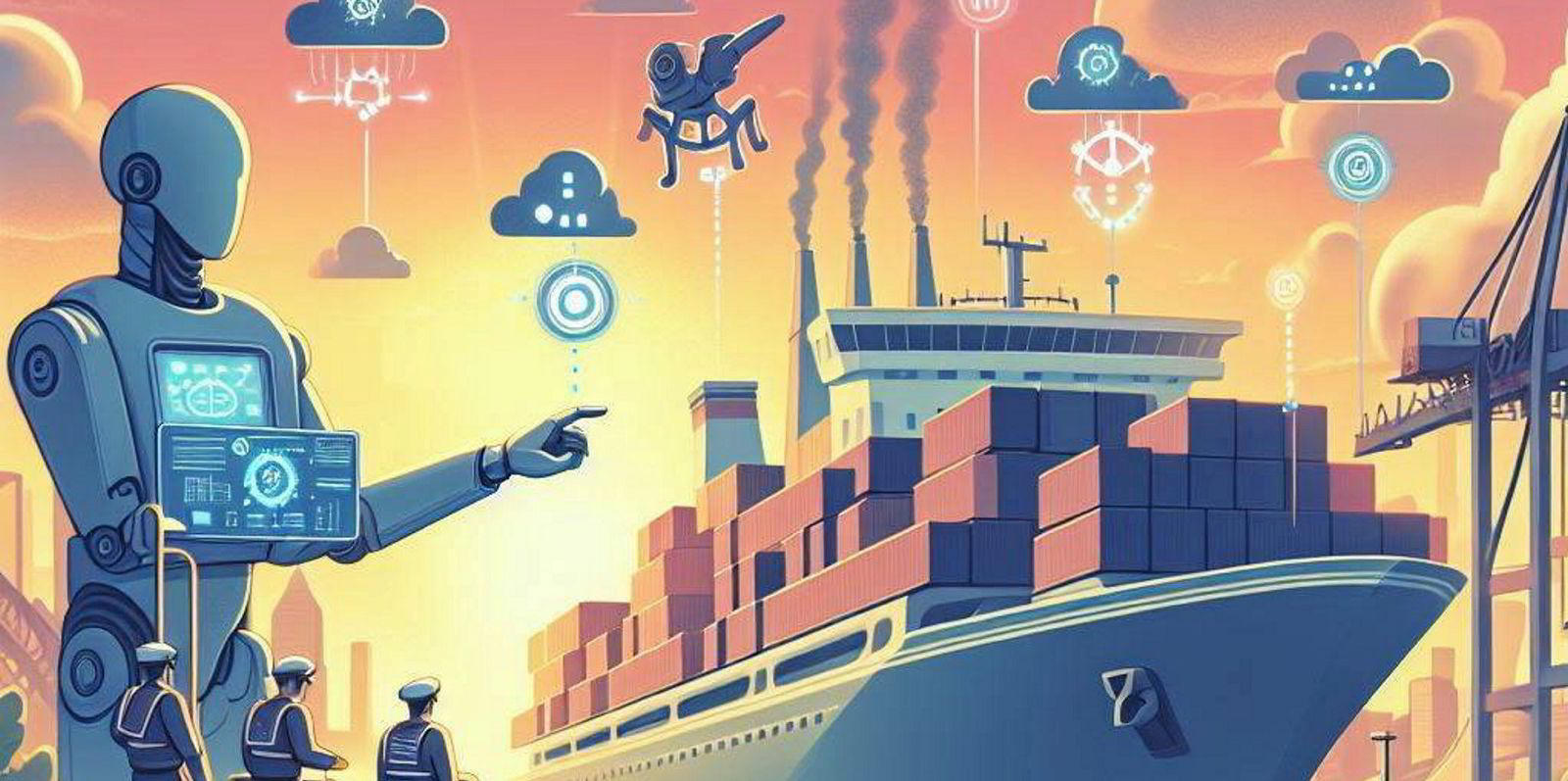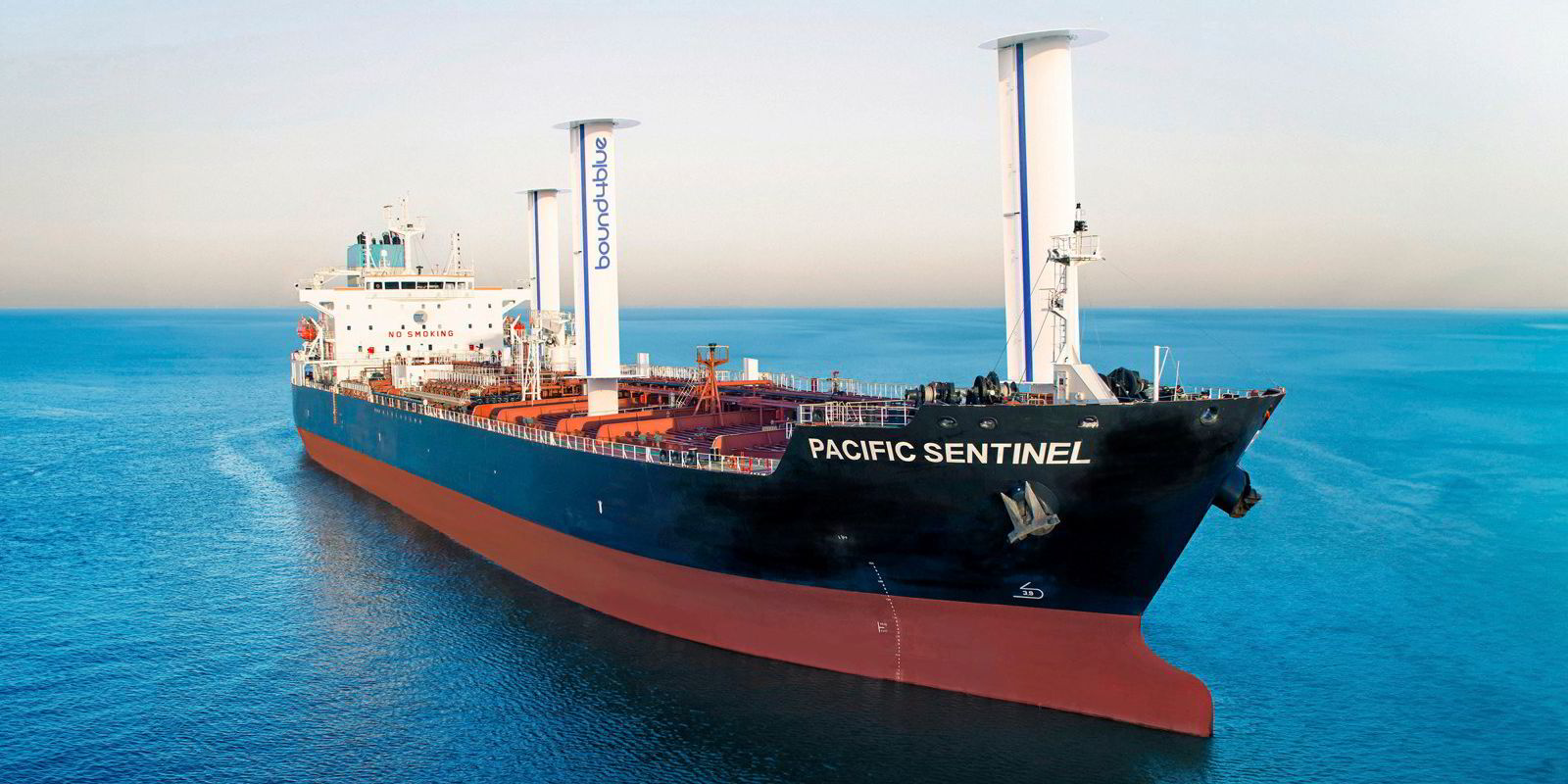The explosion of generative AI products built on large language models has raised the inevitable question across multiple professions: will jobs be replaced by this fast-developing technology?
But maritime technology experts told TradeWinds that shipping professionals should not fear the rise of AI in an industry that is ripe for it to flourish. Rather than replace them, the technology will reshape jobs to empower maritime professionals to focus less on repetitive tasks and enhance decision-making.
And in some cases, AI will create new maritime jobs, like prompt engineers.
There is little doubt that the technology will change the workplace, with some studies pointing to college-educated, higher-paying jobs most at risk as generative AI grows.
Patrick Ryan, chief technology officer at classification society American Bureau of Shipping, has seen the job-loss question raised in previous advances in his career as a naval architect and engineer.
As drawings gave way to computer-aided design, there were worries that engineers and draughtsmen would go out of business.
But these professions evolved, he said, and similar transformations are likely to occur with the integration of AI.
“We still are going to need great engineers. We’re still going to need great surveyors,” he said, referring to ABS staffers who inspect vessels. “We’re going to need amazing mariners. We’re going to need the industry at large because people bring something unique that I think technology will never replace.”

He said AI has the power to bring efficiency and “supercharge” people at a time when regulatory requirements are growing.
Ryan said AI offers the opportunity to eliminate waste. A surveyor, for example, can carry out some tasks even before leaving the office by using a workflow management system and a virtual vessel powered by streaming data from the real ship.
After personally attending to the vessel, AI can expedite the process of generating a survey report, allowing the surveyor to focus on more critical tasks.
“Can AI take the input that he’d performed, using verification points and physically attending a vessel, and convert that into a report faster, allowing him to do more physical attendance?” he said. “That’s a great opportunity.”
In ship design, he said there is waste in engineering processes as well — and opportunities to be unlocked.
He pointed to the significant time investment — weeks and months — required to build what is called the computational mesh essential for conducting structural analysis in ship design. Ryan said there are technical papers that show that generative AI can accomplish this task more rapidly.
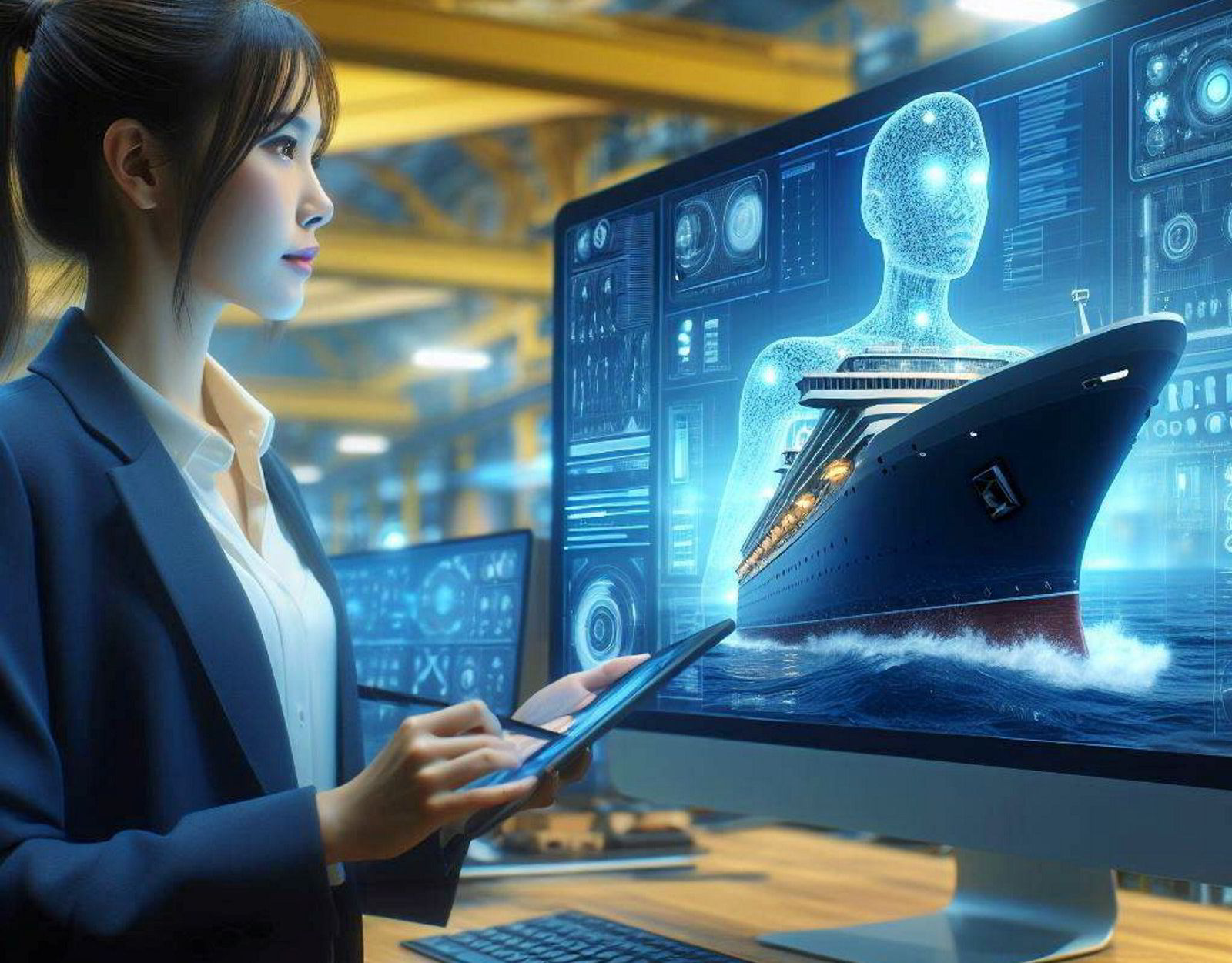
Will AI impact seafarer jobs?
Asked about the impact of the technology on operations at sea, Ryan said AI will enhance efficiencies on board ships. However, he underscored that its impact is primarily felt in energy transition rather than manpower, as human presence on board remains essential for ensuring safety.
Optimising various parts of a vessel’s operations to changing conditions at sea to save energy, for example, is a very complex problem that, with the combination of a variety of sensors, software, digital twins and other technologies on a ship, can achieve an estimated 15% in fuel savings.
“That’s the kind of thing where I see automation, where I see AI, where I see these kinds of technologies coming to play a good role in the operation of the fleet,” Ryan said.
Jochem Donkers, who tracks maritime technology as a principal consultant for Skysail Advisors, said AI will increase productivity in professions like chartering and vessel operations, which involve consuming large amounts of information and dealing with a continuous stream of emails and chats.
“But you still need to be a human to make an assessment of the quality of that information,” he told TradeWinds.
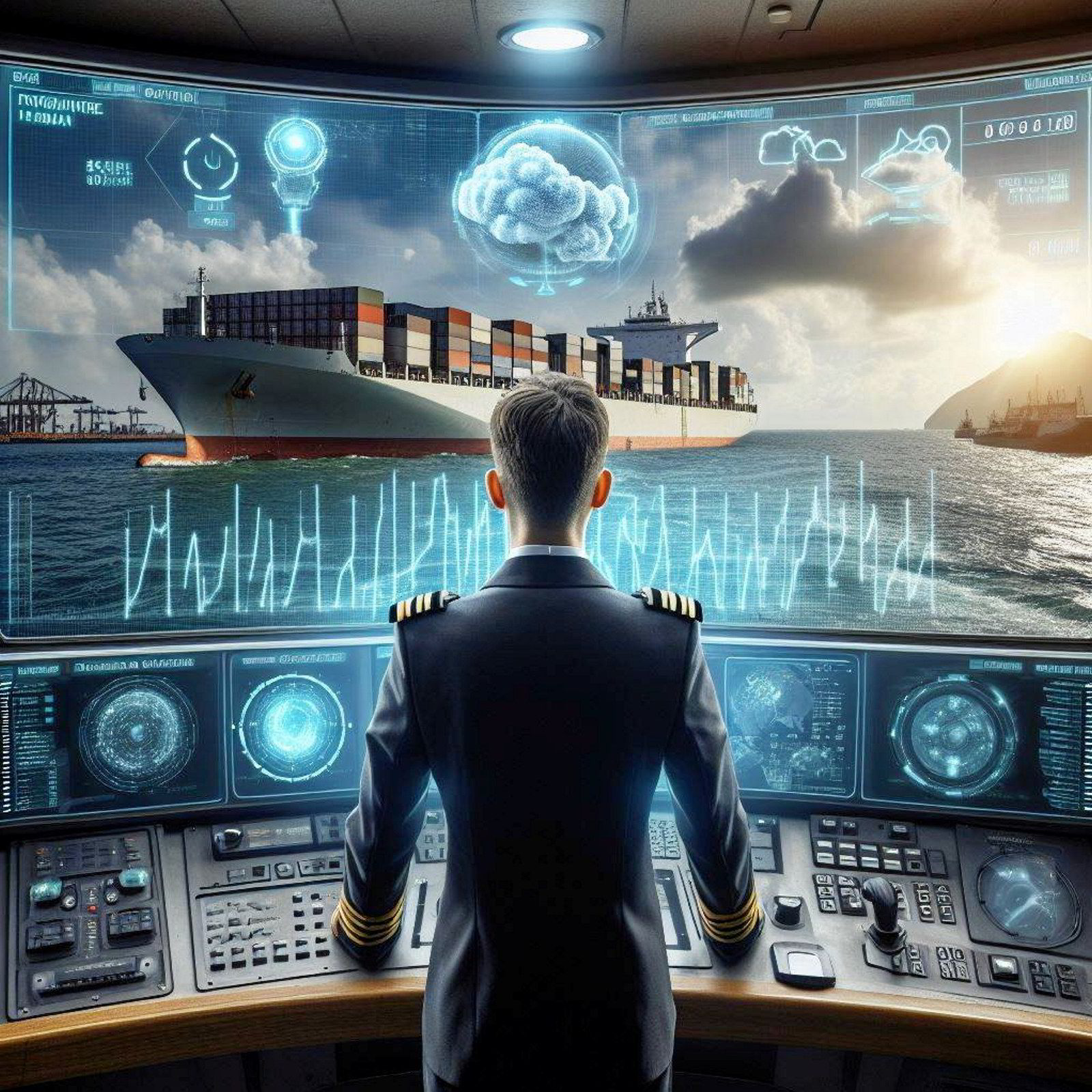
He said most chartering desks, for example, are already slimly staffed.
“But the more information they can digest at intake, they will become more informed in decision-making,” he said.

London-based software firm Sedna has just unveiled Pulse, a product that uses AI to unlock data in the email inboxes of chartering professionals, allowing them to quickly understand complex data in real time.
It is part of a series of products by the firm that aims to streamline the time shipping professionals spend managing their inboxes, while also harnessing the extensive data they contain.
Maritime technology companies have been applying machine learning and AI to shipping for several years, but the potential of generative AI is emerging.
Sedna chief executive Bill Dobie said generative AI language models will have a big impact on shipping due to their capacity to understand the data-rich conversation streams prevalent in the industry.
Generative AI will be able to fill the gaps where human intervention is required in existing uses of AI in the industry.
Will that lead to job losses? “The easy answer is, of course not,” he said.

Dobie pointed to a customer who had two employees focused on parsing customs data. When Sedna helped it automate that work, the two employees were redeployed to other tasks within the company.
That is because there is plenty more work to do as the shipping universe becomes more complex, with wars, reengineering of supply chains and other factors adding to the complications.

“The sheer complexity of maritime is increasing at a really rapid rate, so people need this order of magnitude efficiency in order to get anything done,” he said. “And I don’t think there’s going to be any lack of work in the global supply chain in the next five to 10 years, no matter how much you automate.”
One thing that AI tools will bring to shipping is enabling the onboarding of professionals with less experience than previously required.
And he said the modernisation of work, through tools like Sedna’s email-crunching tech, will render the shipping industry more appealing to younger generations.
AI will also free up more time for exception management — that is, focusing on more urgent matters that are outside the routine.
“Instead of an operator who was going through everything or charterer who’s reading every email and dragging it into folders, you end up with a person who has this kind of synthesis of exceptions or urgent matters, the AI prompts to action on it, and you are actually a much busier, more proactive person than a human filing clerk,” he said.
And Dobie said AI could create a new profession in shipping: prompt engineers, who refine the questions that generative models are asked to get better answers.
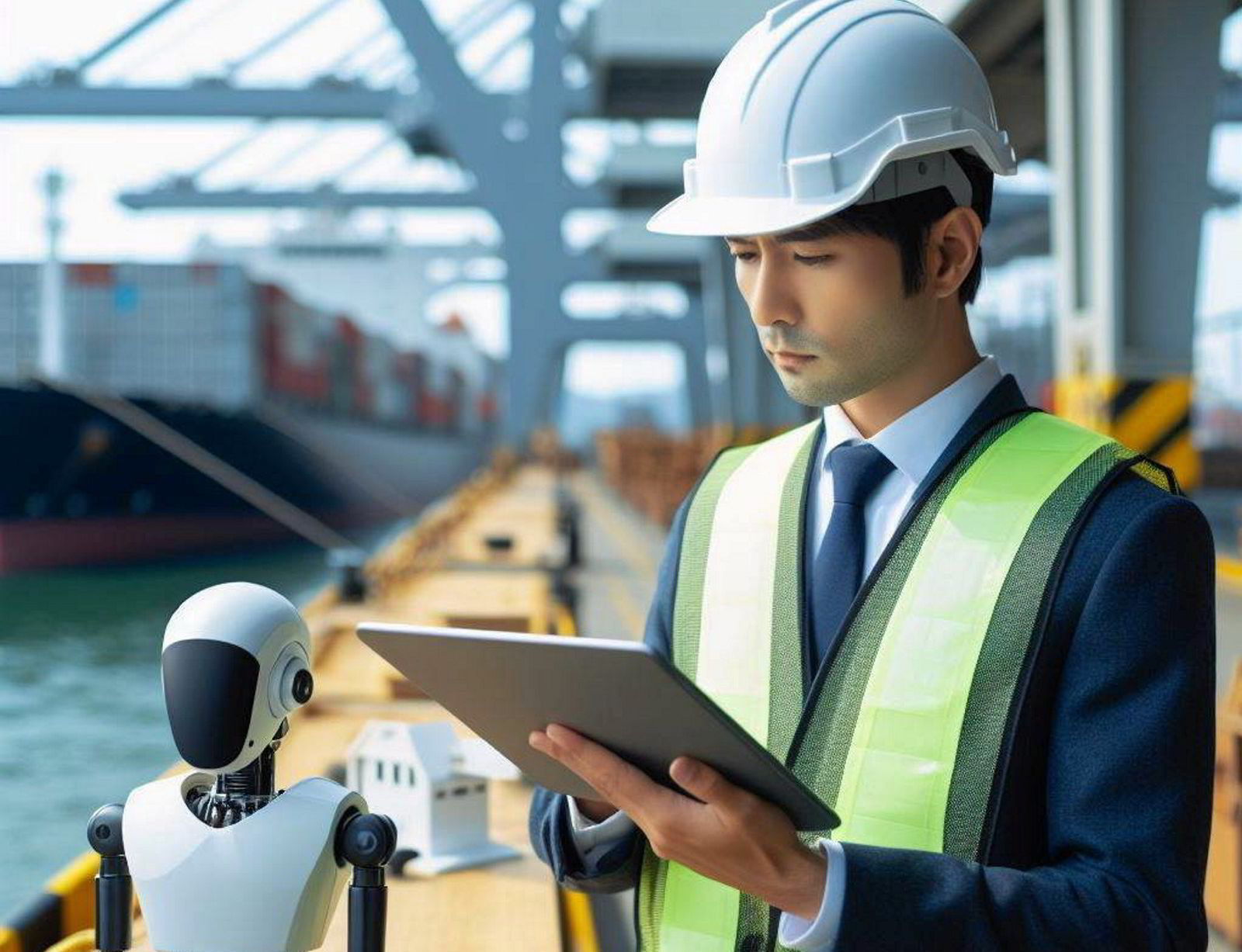
Donkers said AI will likely make it possible to enable the extraction or gathering of information, known as scraping, from sources such as emails and market reports, for example, to help automate freight futures trading decisions.
“I’m less convinced that you really will be able to replace human judgement: Is this a reliable source? Does this make any sense?” he said.
But that also comes with risks that the technology may make it easier to send false signals to manipulate those instruments.
Technology firms have long sought solutions that aim to replace shipbrokers — the intermediaries of so many shipping deals.
“That hasn’t happened yet, and I don’t see that around the corner either,” Donkers said. “Shipping is different than stock markets, for example, where … you have a pure digital position that you can swap around.”
With physical steel on the water, shipbrokers’ jobs are safe. But arbitraging asynchronous information — the broker’s stock and trade — will become more challenging in an AI-powered world, Donkers said.
Will maritime journalists be replaced by this fast-growing technology? TradeWinds went straight to AI for an answer to that question.
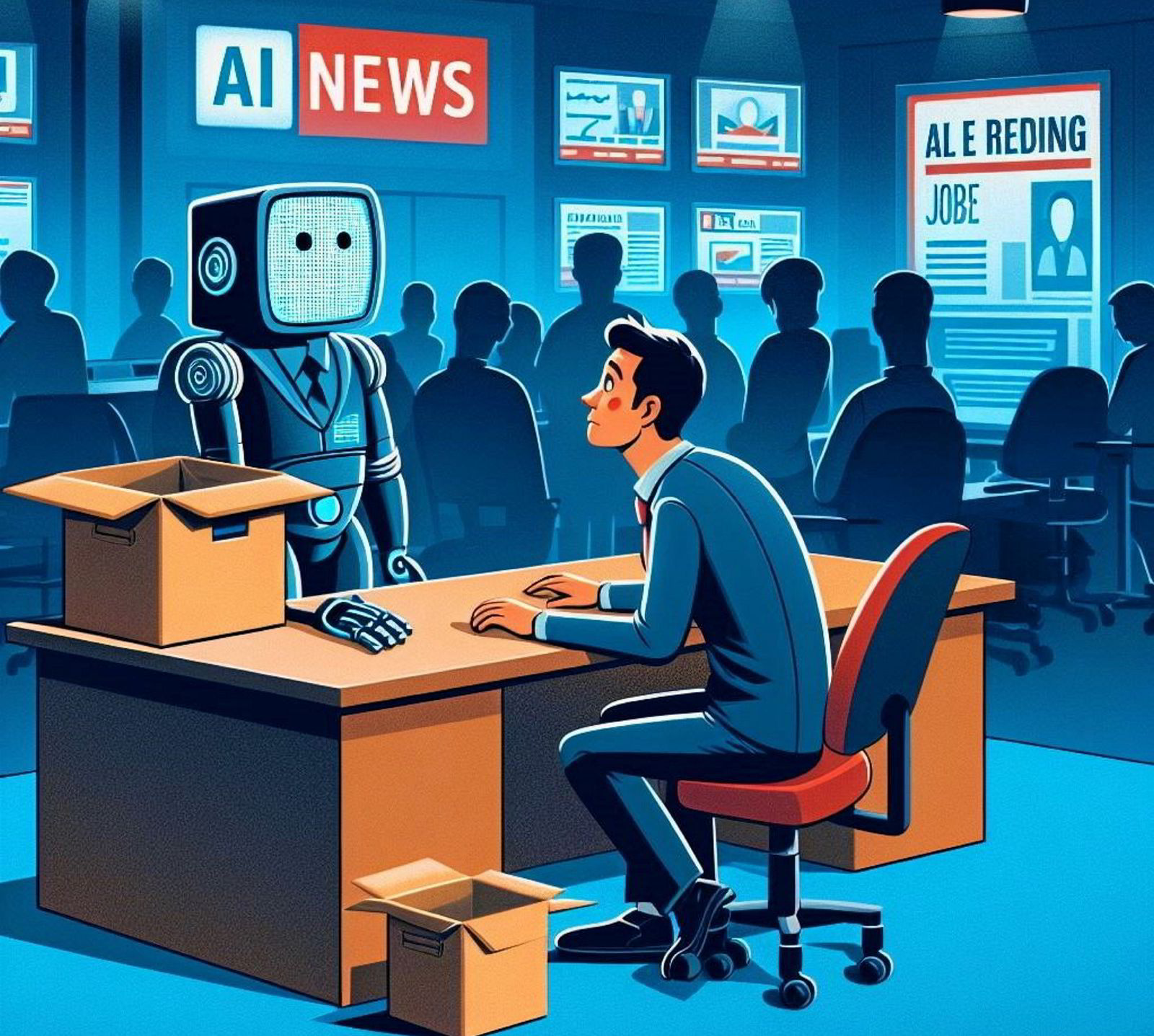
“While AI can augment journalistic workflows, the unique skills of maritime journalists — such as understanding maritime law, safety, and industry nuances — remain invaluable,” ChatGPT-powered Bing Copilot said in response to our question.
“The future likely involves collaboration between humans and AI rather than outright replacement.”
Phew.
